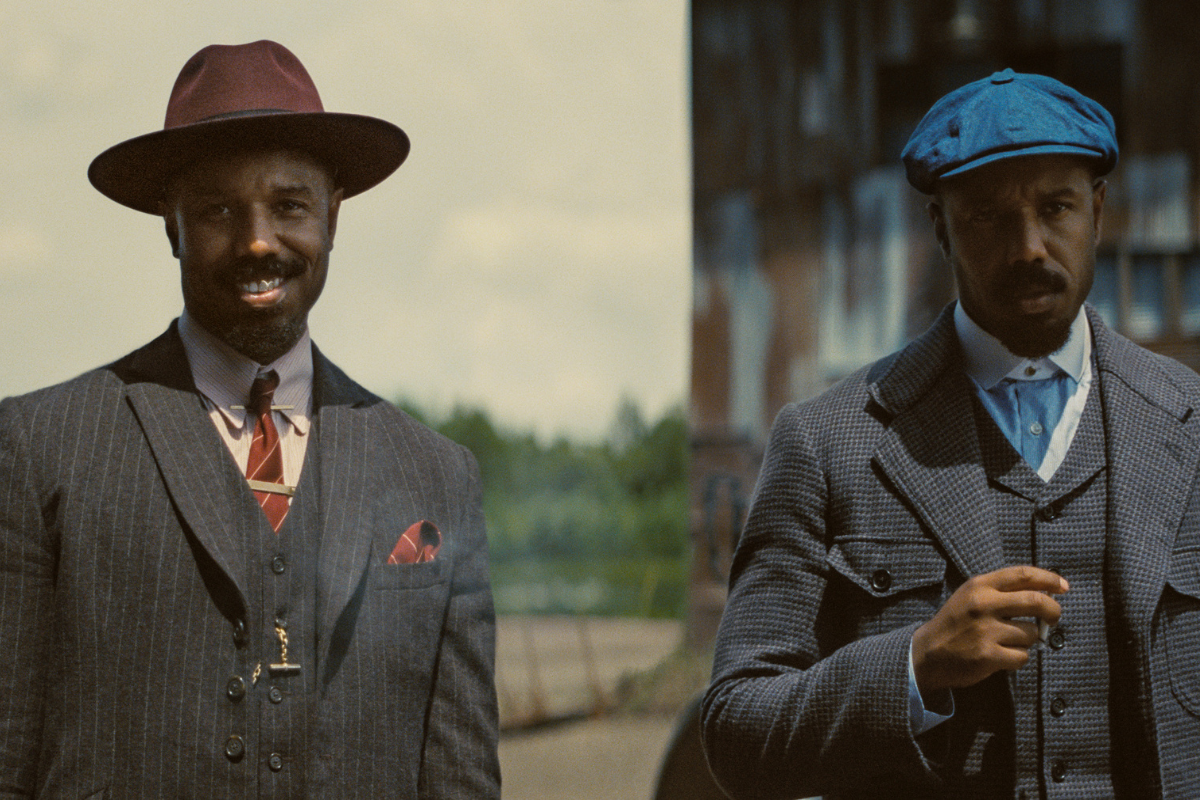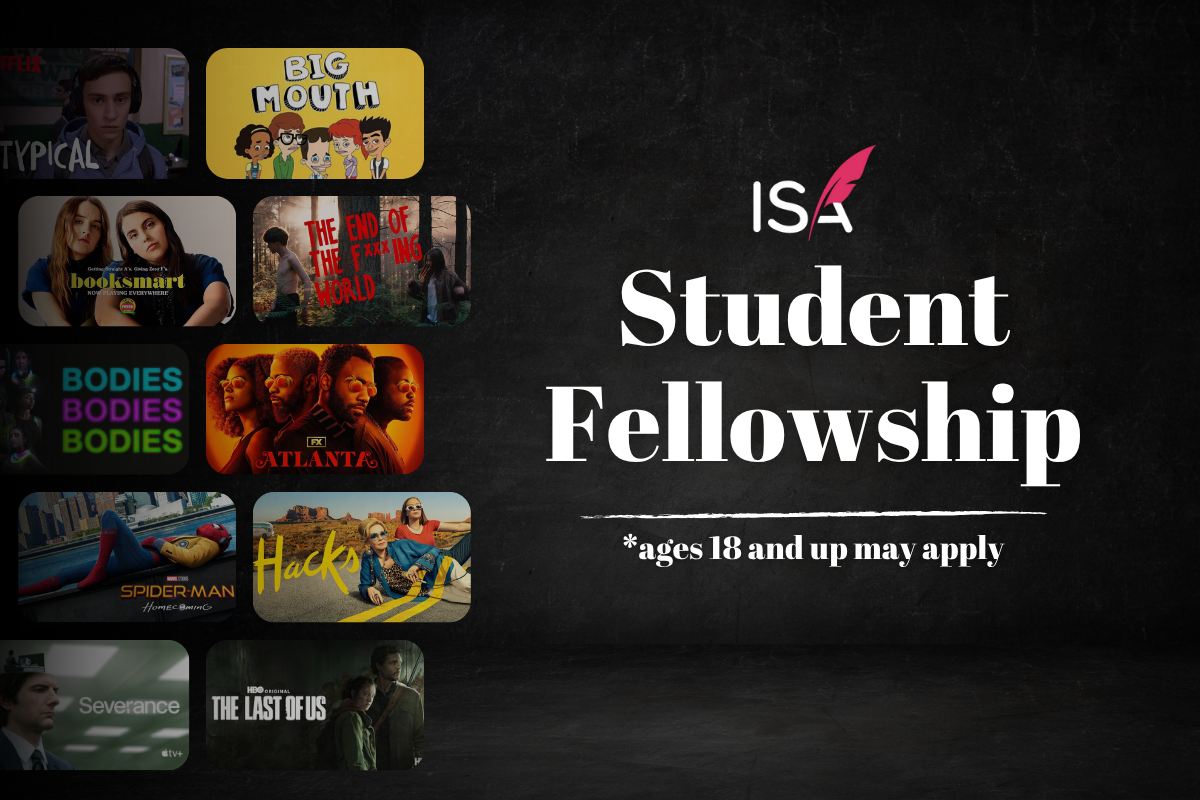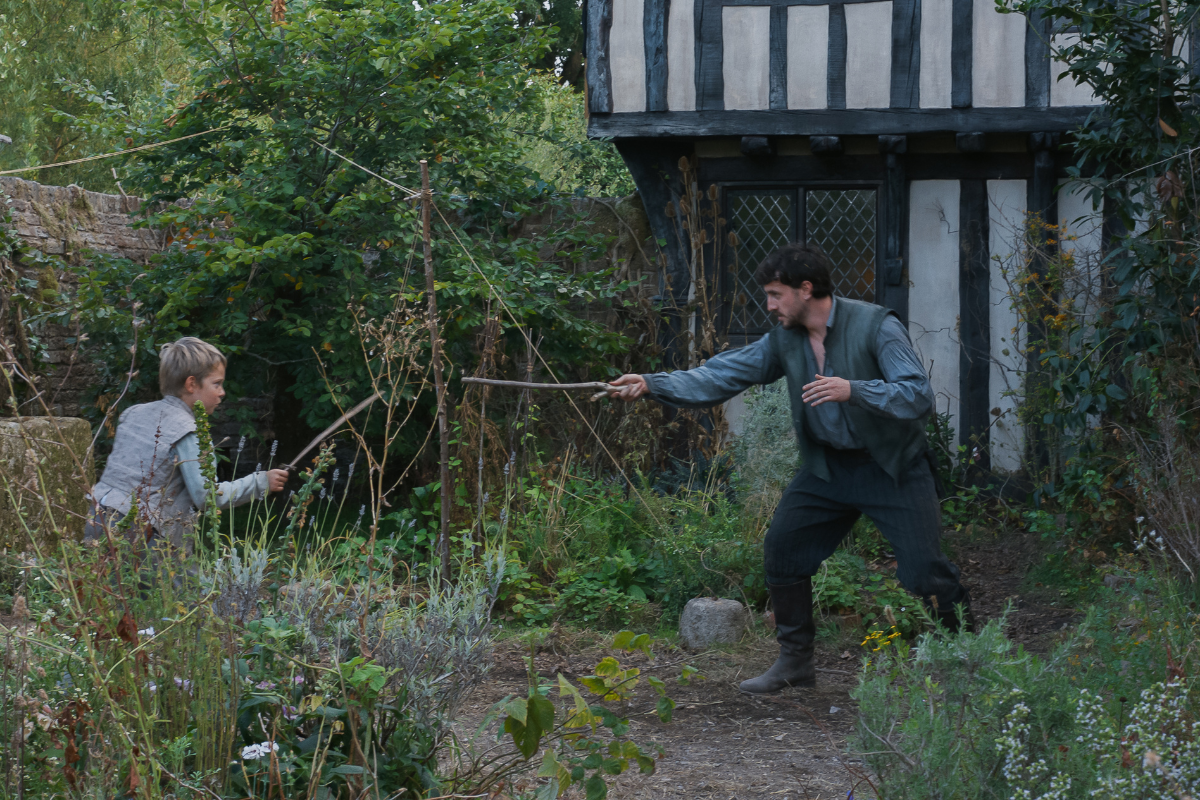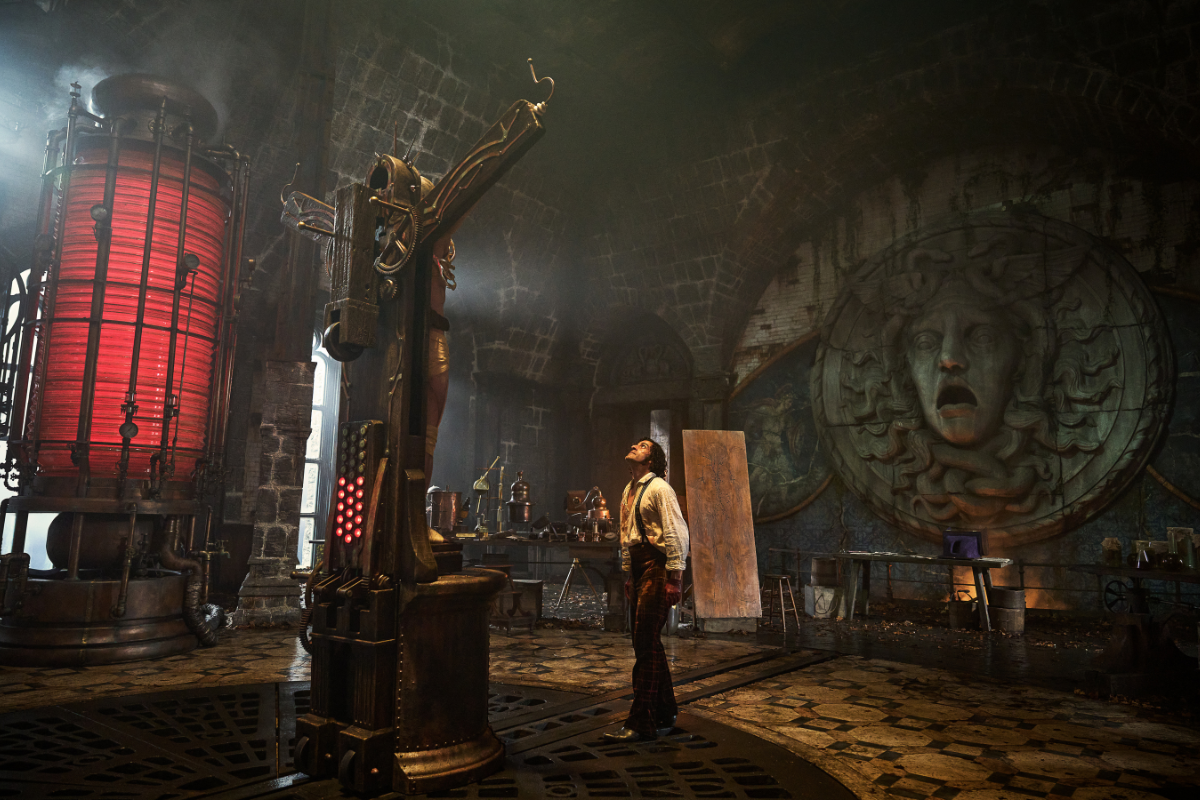The Worst Mistake a Screenwriter Can Make
Forging a path as a writer presents endless challenges. Clive Frayne highlights the number one mistake a screenwriter can make that will keep them from producing quality scripts.
Forging a path as a writer presents endless challenges. Clive Frayne highlights the number one mistake a screenwriter can make that will keep them from producing quality scripts.
Every single day, screenwriters sit down at their desks, and we make the worst professional mistake we will ever make. We do this with one, single, bad decision. This decision determines how successful we will be, how many drafts we have to write, and how quickly we develop as screenwriters. Yet, even though it is the most important decision we will ever make, we don’t even make it consciously. We don’t take a moment to think about it. This is a real problem because this error is the root cause of ninety-percent of all script problems. To fix this, all we need to do is answer one, simple question.
What elements of a story should we create on the page, and what should we plan in advance?
The idea of a writing process is really important. If you talk to successful writers, what defines them isn’t a single theory about structure or storytelling, it’s that each of them has developed a process which gets them from raw idea to the finished script. In fact, I’ll go further than this: Good screenwriters tend to have good processes, and bad screenwriters tend to have bad ones. Another way of putting this would be, good screenwriters understand their creative process and why it works for them; bad screenwriters don’t really understand the question.
The implication of this idea for early-career or struggling screenwriters is simple. We can increase our chances of success and become better writers simply by thinking about our writing process. To help us to do this, I want to present the processes of different writers. Each of them has come to a different answer about what they create on-the-page, and what they prepare.
The Instinctive Writer
Naomi is an early-career, instinctive writer. For her, being a writer is creating, on-the-page. When she has a raw idea for a film she sits down in front of a blank page and starts writing. She likes to find the characters, plot, story, and create a fictional world on-the-page using nothing but her writer’s instinct. Any research she needs to do, she does as she writes. Her first drafts are always a mess. She expects this. She knows she won’t really understand her characters or her story until she’s gets to the end of her first draft. So, her process is largely one of writing and rewriting until she’s happy with the results.
Pros: There is something very natural and appealing about creating on the page. Naomi is right about writing being a creative act. One of the skills we all need to develop is creating our story on the page. She’s also doing the one thing that more experienced writers tend to forget—she is paying attention to her personal fascination. She’s not thinking about the market—what will sell, what a producer might like, what kind of script won last year’s script competition—she is totally focused on the story that inspires and fascinates her.
This is an approach I call, chasing our fascination. When we chase our fascination, we are cultivating the thing that makes us unique and which gives us a distinctive voice.
Cons: Naomi’s likely to have a lot of problems to solve when she’s written her first draft. It’s inevitable the first half of her script will be very weak because she’s discovering her characters on-the-page. This is a much more serious problem than you might think because of two really important facts.
- Character problems are the root cause of most plot problems.
- Every plot-point is totally dependent on what happens before it.
Stories are built from the reactions of characters to challenging circumstances and the consequences of their choices. Let’s use a simple example:
Goldilocks goes for a walk in the woods and gets lost. She spots a house, knocks on the door. There’s no answer, so she lets herself in. We all know what happens next—porridge, broken chairs, a nap, and some angry bears.
We only get to the angry bears because of two things: The kind of person Goldilocks is, and the decisions she makes. So, let’s alter these factors. Let’s make Goldilocks more self-reliant and prepared.
Goldilocks decides to go for an adventure in the woods. She’s lived in the wilds her whole life, so she takes a map, water, provisions and her trusty compound bow. After a fun day exploring, she runs into a family of bears. The bears seem really hostile, probably because they’ve got a baby, so Goldilocks avoids them. On her way home, she bags a deer. That’ll feed the family for a couple of months, she thinks.
If we change Goldilocks’ character, the plot changes. This is because our characters determine the plot. If we go back to Naomi’s instinctive, create it on-the-page script, if she has character problems in the first half of her script, then it’s inevitable that she’ll also have plot problems. And, if she has first-act plot problems, then her entire story is in trouble because every plot-point is dependent on what happens before it. The biggest downside of Naomi’s zero-planning, create it all on-the-page approach is she practically guaranteeing character and plot problems in her first draft.
Naomi may also have a much bigger problem. Naomi doesn’t worry about a logline until she’s ready to pitch to producers. If her idea is unfocused she may not discover major flaws in her idea until it’s too late.
The Structural Writer
Kwame is a structural writer. He believes in high-concept ideas and strict use of the story-cycle (hero’s journey) to structure his plots. So, he spends a massive amount of time writing and rewriting his logline before writing. Then, he creates a twenty-one point plot outline which hits every key point in the story cycle. Kwame believes that concepts and plots should be planned ahead of writing, but the fictional world, characters and drama should be created on-the-page.
Pros: Kwame manages to avoid Naomi’s concept problem. He really nails down his logline before he starts writing. He knows what his concept is. Kwame also knows better than to try to figure out his plot as he goes along. He likes to have a plan. At the end of his first draft, Kwame has a story which has a beginning, a middle, and an end. If Kwame has a really good cinematic writing style, he may even have a script that sort of looks like a movie.
Cons: Kwame’s structural approach has one major problem—he commits to his plot before really understanding his characters. He believes he can find his characters on-the-page. This is problematic because, as we saw with Naomi, if a character changes the plot changes. This means Kwame may be stuck with cliched, one-dimensional characters. He can’t let his characters evolve in interesting ways because he’s locked in by his plot choices. His only choice at this point is to try and cover the lack of character with witty dialogue. He has to hope no one notices how hollow his characterisations are.
If we look at these two writers, we can see each one has advantages and weaknesses. The instinctive writer’s biggest strength is they can adapt their characters and their story as it evolves. Their biggest problems are likely to be their concept and plot. The structural writer overcomes the concept and plot problems, but only by boxing themselves into a corner when it comes to character development. The challenge for a structural writer is to let their characters evolve and to constantly reconstruct their plot with these evolutions. The real question is, at this point, is there a better way to do this?
Is there a better way?
Most early-career writers tend to be either instinctive or structural writers. The most common errors readers find in spec scripts are one-dimensional characters, loose plots, and lack of concept. These problems are often created by the writer’s process rather than their failings as a writer. So, how can writers improve their process?
The most important thing screenwriters need to understand is the sheer complexity involved in creating a dramatic story within a fictional world. The creative process we develop must include the following:
- Help us to develop and focus our primary concept
- Make us understand the motivation and behaviour of our characters
- Allow us to visualise the world our story is set in
- Give us the ability to structure a story, rather than a plot
It is possible to develop concepts, understand our characters, visualise our world and structure a story using entirely instinctive, on-the-page techniques. It’s just very difficult to do this well. This is because there are just too many plates to keep spinning. Any process that is based purely on instinctive writing will always be more about the rewriting than the writing. The only way to get this to work is to write a draft, analyse it, and then start with a blank document when you rewrite. This is what I call the messy writing approach.
An instinctive writer really needs to commit to four or five drafts, each one starting with a blank page. This is because the early drafts are exploratory. We’re not writing a script, we're doing development work. We don’t start on a proper draft until we’ve written enough to nail the four questions. Is our concept focused? Do we understand our characters? Can we visualise the world of the story? Do we understand our story from start to finish?
It is also possible for a structural writer to expand their pre-writing planning in a systematic and focused manner. This is what I call the focused writing approach. To do this a structural writer needs to develop their characters before they create their plot. There are a lot of ways to do this, we can write biographies for our characters or write psychological profiles. We each have to find a way to understand characters that works for us. And, we also need to find ways to help us visualise our fictional world. So, what might this process look like?
The Process-Driven Screenwriter
Tracey is a process-driven screenwriter. She likes to combine messy and focused writing methods in a way that suits her. Tracey has a focused approach to working with ideas—she likes to play with them, develop and hone them before she starts writing. She’s really into getting her logline written prior to writing. As she’s honing her idea, she already starts to get ideas for specific scenes and characters. She makes notes to come back to later in the process. Tracey prefers a messy approach to character development. So, when she’s ready to start developing her story she writes the scenes that captured her imagination earlier. She’s not even trying to write a story at this moment, all she is doing is exploring her characters and her fictional world on-the-page. She calls these writing exercises seed scenes. These writing exercises reveal the limitations of her visualisation—there are things she just doesn’t know. What does Lisbon look like? How much space does a hang-glider need to land? Are there really any pelicans in Norway and can they swallow a mobile phone? So, she does some research. She carries on with this back and forth between research and seed scenes until she has nailed her characters and her visualisation of the fictional world. Then she reverts to a focused approach to her story. She creates a beat sheet, based on a mixture of structural theory and what she knows about her characters. Only now, when she’s fully prepared, does she start to write her first draft.
Different writers will find different ways to get from point A, the raw idea, to point B, writing the script. There are hundreds of different ways to achieve each part of this process. Some writers like to plot on file cards, some like to do character development in spreadsheets, some writers love notebooks, some need to physically draw their fictional worlds in order to write about them. We each have to find our own way.
As writers, the worst mistake we can ever make is not addressing the strengths and weaknesses of our writing process. Whilst it is true there is no one right way to approach writing a screenplay, there are definitely a million wrong ways. Any process that doesn’t adequately prepare writers is a bad process. The same is true of any process that automatically builds errors into the script. And, at the moment, far too many writers are making their lives miserable by not developing a good writing process.
If you naturally prefer a messy writing approach, then your development will be about harnessing the strengths of that way of working to overcome the challenges. If you are a naturally focussed writer, the same is true for you. However, before you make a hard-and-fast decision about what kind of writer you are, I urge each of you to explore other ways of working.
We discover the process that works best for us by trying out new techniques. This is a lifelong process. It is also the most important thing we’ll ever do as writers.
Gain more insights from Clive's unique approach to writing in his on-demand webinars!
DOWNLOAD NOW!
Clive Frayne is a writer with over thirty years experience in broadcast media. After a very successful career running professional writing teams in the radio industry he decided to move into screenwriting. Since then he has written and directed two feature films and half a dozen award-winning short films, and authored the book The Process of Screenwriting. These days he splits his work between writing, script editing and teaching screenwriting. He is a passionate advocate of two things, process-driven screenwriting and independent filmmaking. Follow Clive on Twitter @clivefrayne







